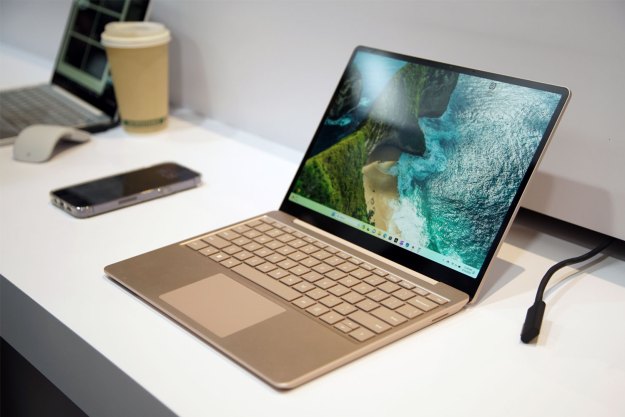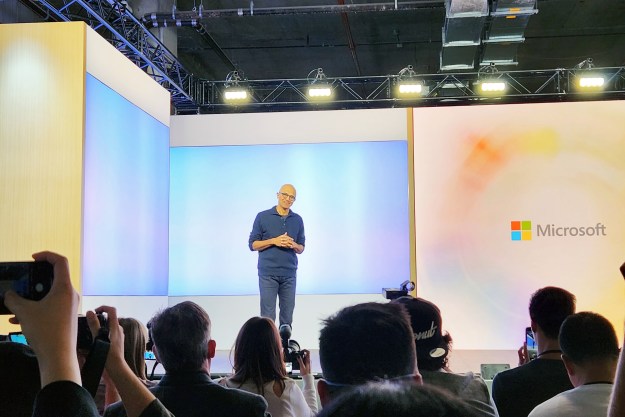
Brian Hall, general manager for the Surface line, shared the news in a post on the Surface blog this morning. “Based on the early interest we see, we’re tuning our manufacturing process to prepare for production at broader scale.” He continues, “We will not start shipping September 1 now.”
The Surface Hub is a collaborative wall-mounted touchscreen device for businesses that runs Windows 10. There are two versions of the Hub, one having a 55-inch screen with an Intel Core i5, and one with an 84-inch screen having an Intel Core i7. Both feature 8GB of RAM and a 128GB SSD, but where the smaller model is 1080p, the larger Hub has a 4K display and an Nvidia Quadro K2200.
Both Hubs are also packed to the gills with sensors, including four microphones, two passive infrared presence sensors, ambient light, and support for three active pens at once. Additionally, both screens support 100-point (no, that’s not a typo) multi-touch, with technology that can tell the difference between individual users’ inputs.
Of course, these aren’t the kind of devices most, if any, individual consumers will have hanging in their living room. The 55-inch model will run you $6,999, while the 84 inch version costs $19,999. No word yet on when the Surface Hubs will actually start hitting boardrooms, but Hall made sure to mention there would be more details in early August.
Editors' Recommendations
- Surface Pro 10: all the major changes rumored for the new model
- Microsoft’s next event could reveal the Surface Pro we’ve been waiting for
- Microsoft plans to charge for Windows 10 updates in the future
- This sleeper Asus laptop is faster and cheaper than Microsoft’s Surface Laptop Go 3
- Everything Microsoft didn’t announce at its 2023 Surface event


